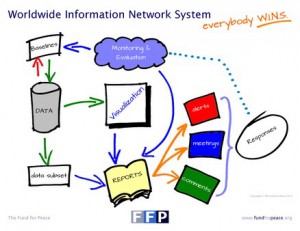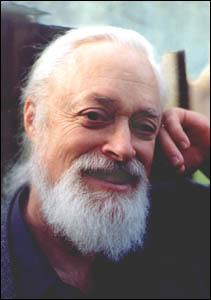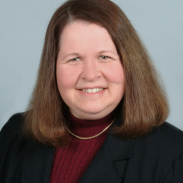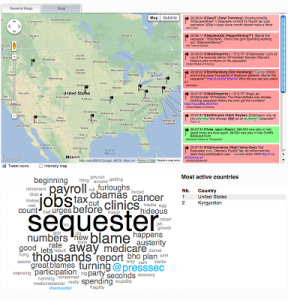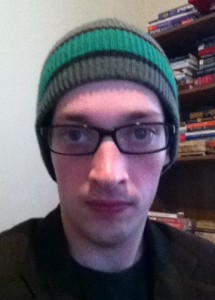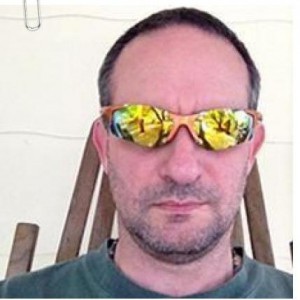
Individual Reputation Metrics, Long Term Implications
Just over four years ago I wrote my first article about Twitter and not long after that I created my first Twitter ‘program’ – a single line unix curl command placed in cron. The command executed at the top of every hour, posting the same tweet.
Things have come a long way since then. Twitter is still king of search engine placement and it’s a requirement for issue advocacy, but as a digital commons its subject to the same troubles as Washington D.C.’s Lafayette Park, directly north of the White House. There are crowds of tourists, constant low level protests, occasional large attendance events, and some nut with a bullhorn periodically turns up and shrieks “JESUS! JESUS! JESUS!” for hours on end. There are pickpockets, purse snatchers, and street mumblers, all of whom may accost others.
LinkedIn, as a professional identity network, is more like a visit to a convention. False personas are fairly rare, generally easy to spot, and the management will eject them if they do anything out of line. There is an access gradient that allows users to show as little or as much as they wish. The site’s revenue model is based on people finding value in the contents and paying for a subscription, so any griefing gets dealt with quickly.
. . . . . . . .
I am exploring explicit hive minds like Wikistrat and OpenIDEO. I am interested in implicit and ephemeral hive minds that can be found via Twitter hashtag usage. Connected humans naturally form these “tribes of mind” – they begin when any communication at a distance is possible, and packet data to mobile devices has supercharged innovation in this space.
. . . . . . . .
There are opportunities to learn and to profit for those who understand both the human and technology factors involved in this rapidly shifting landscape. We’ve proven we can react more quickly when even a portion of a population is connected, the next puzzle is how to improve our long term decision making using a similar set of tools.



